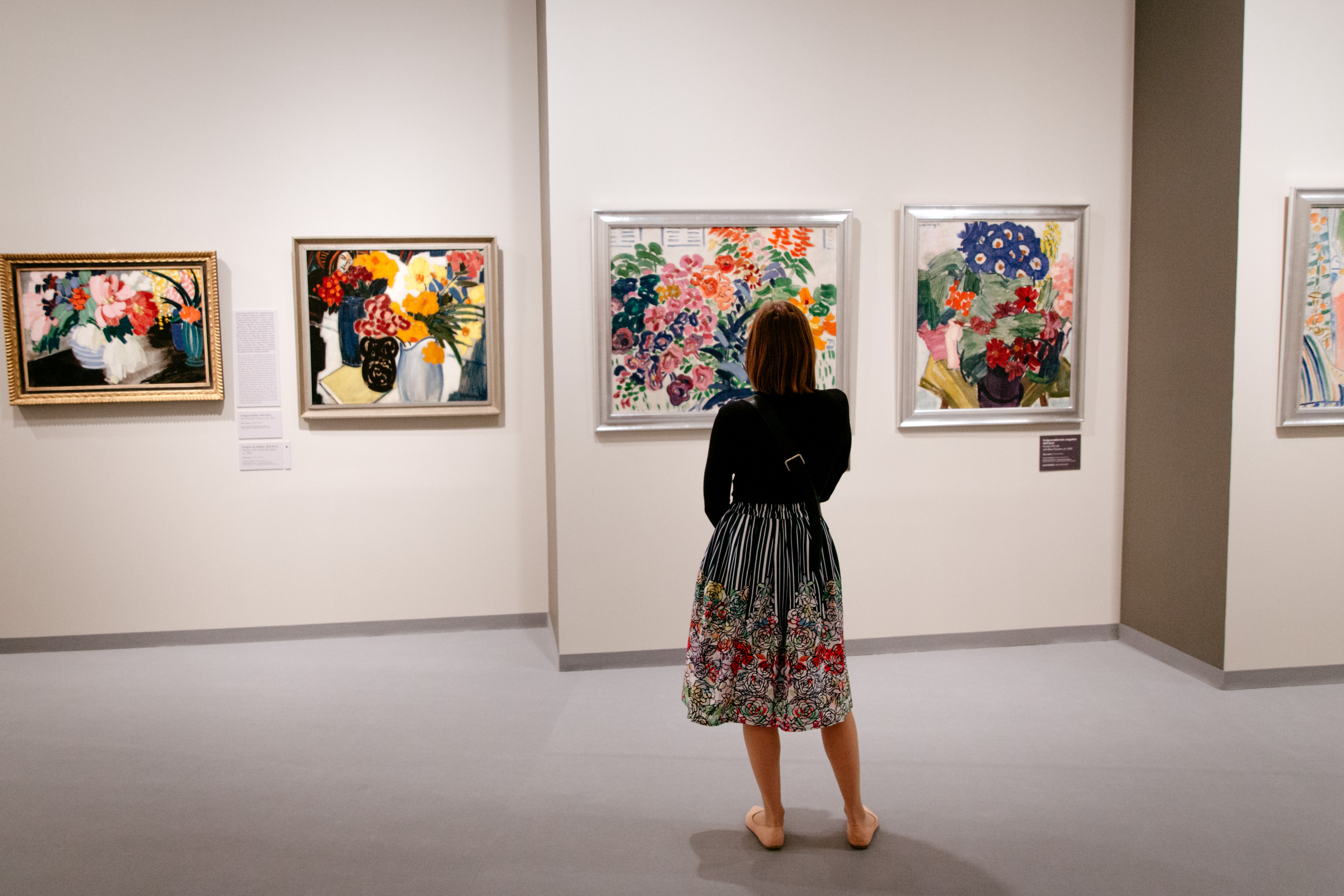Vaszary Rediscovered might not be the largest exhibition in the gallery, but it had as much impact on us as the works of Pál Szinyei Merse or Matisse. The exhibition of around 70 works is exciting not only because of the subjects, the rich colour palette, the sensitivity and the movements expressed with delicate lines, but also because it includes 24 paintings that have been unknown until now – to the public as well as to professionals.
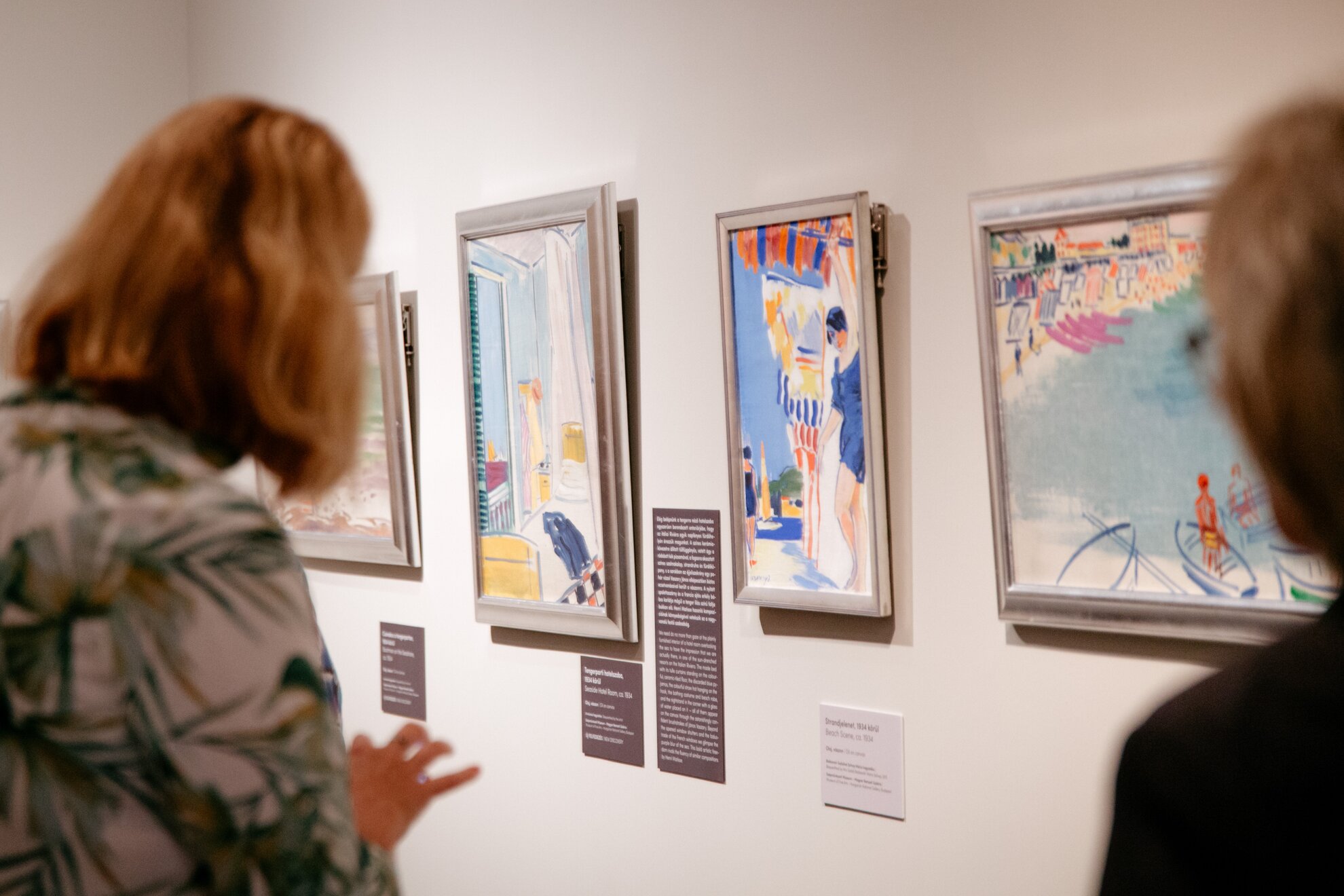
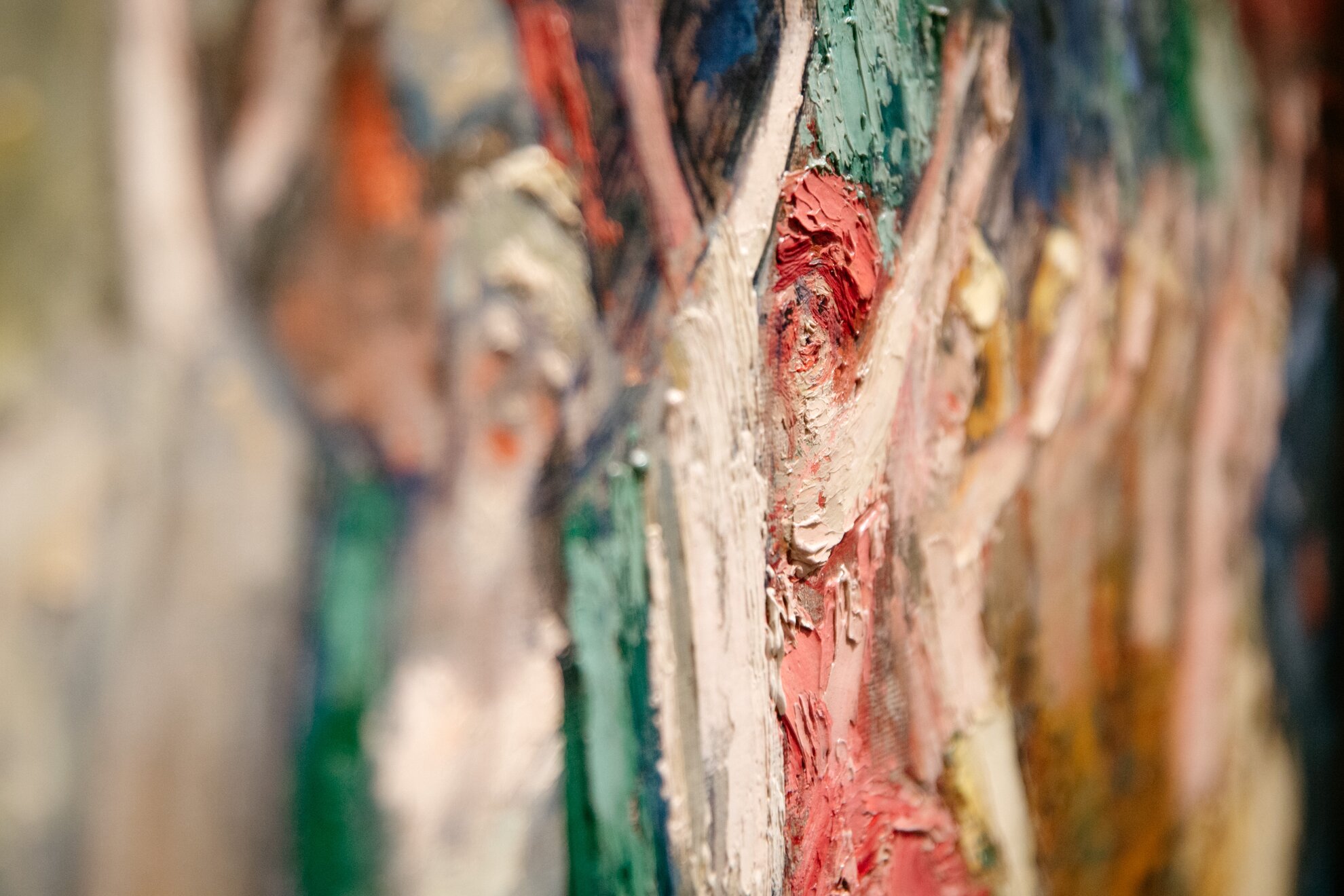
It happens to everyone when moving houses or sorting out old stuff that in the depths of a drawer, we rediscover ancient, long-forgotten treasures with childlike enthusiasm and joyful cheers. The staff of the Hungarian National Gallery must have gone through something similar when, in 2016, they started to draw up the inventory of the complete artworks in the building and found about 40 Vaszary oil paintings in a drawer of a storage room. How and why the two rolls of canvases had been lying hidden in the museum for decades is a mystery even to art historians.
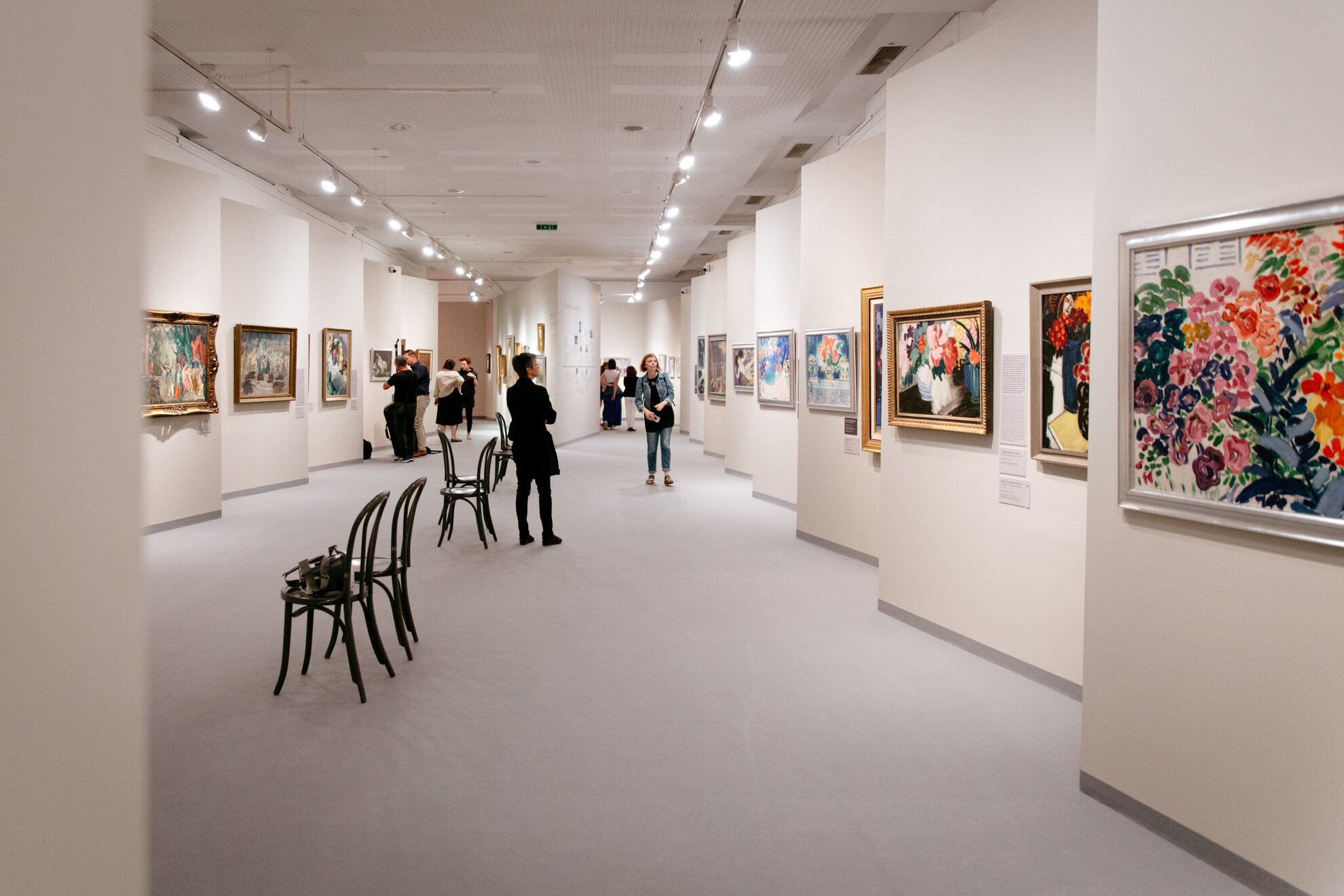
There were no known reproductions made of these paintings, not even during Vaszary’s lifetime, thus they must have entered the public collection directly from the artist’s studio and heritage. After the death of his widow in 1942, the legacy of hundreds of paintings and drawings first went to the Museum of Fine Arts and later, in 1957, to the National Gallery; the two rolls must have escaped the inventory somewhere around this time.
In recent years, the paintings have undergone a massive restoration process, and the best 24 of them have been exhibited in the National Gallery, representing all of Vaszary's periods. Early naturalistic and post-impressionist paintings, expressive compositions, Parisian Art Deco and Danube Promenade scenes have been unearthed, as well as Mediterranean coastal scenes – the latter being the most mature and sophisticated of the painter's works.
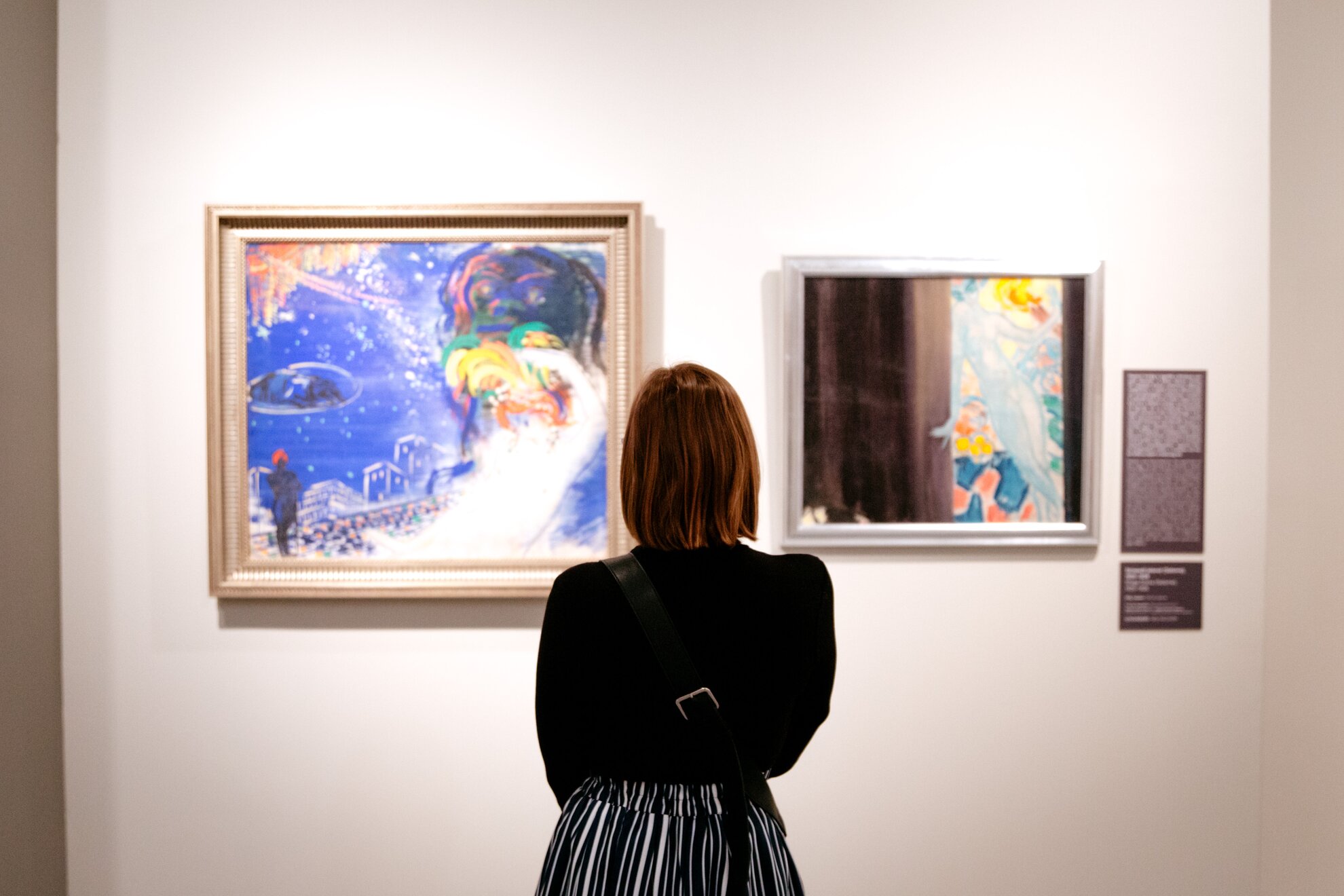
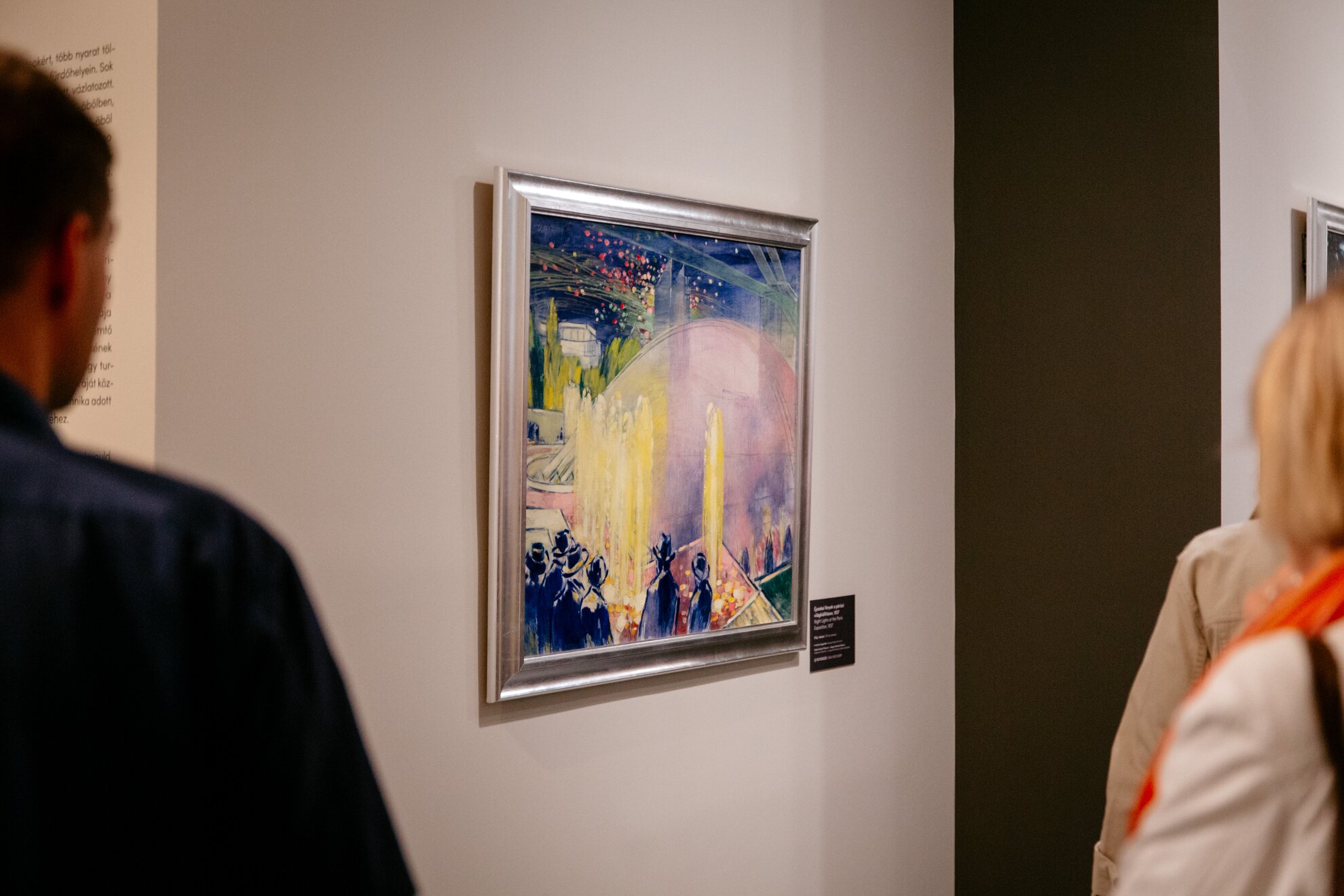
It's an exciting “excursion” or a journey through time, if you will, to walk among so many paintings that not only cover different styles, but also major historical events and social and cultural changes that Vaszary incorporated into his works. He served as a war painter during World War I and everything he saw, heard, and felt here influenced his style later on. His early 1920s works are characterized by the depiction of suffering, pain, moral decay and loss for a long time, even if this wasn't indicated by the characters but by the use of deep black colour and abstraction.
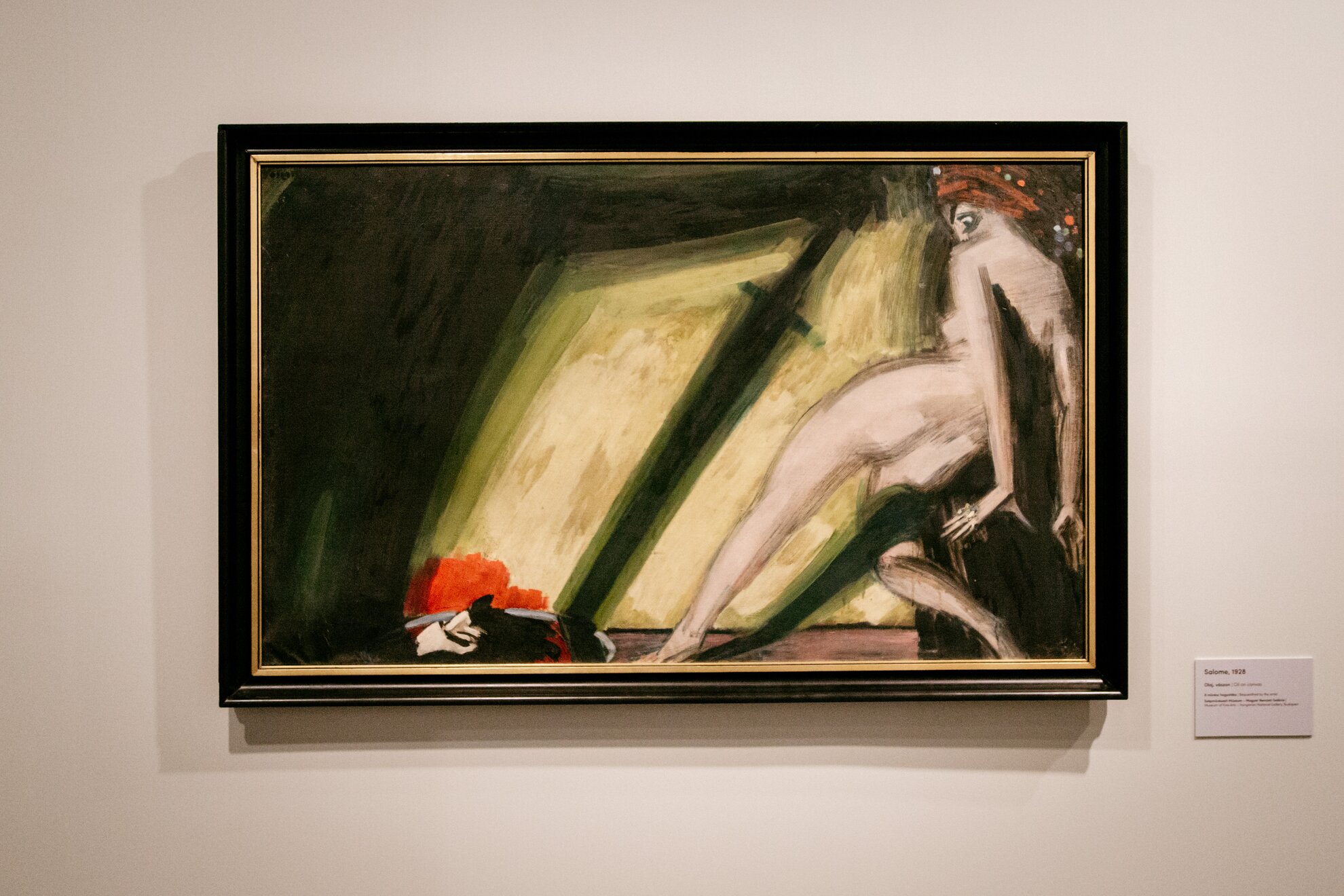
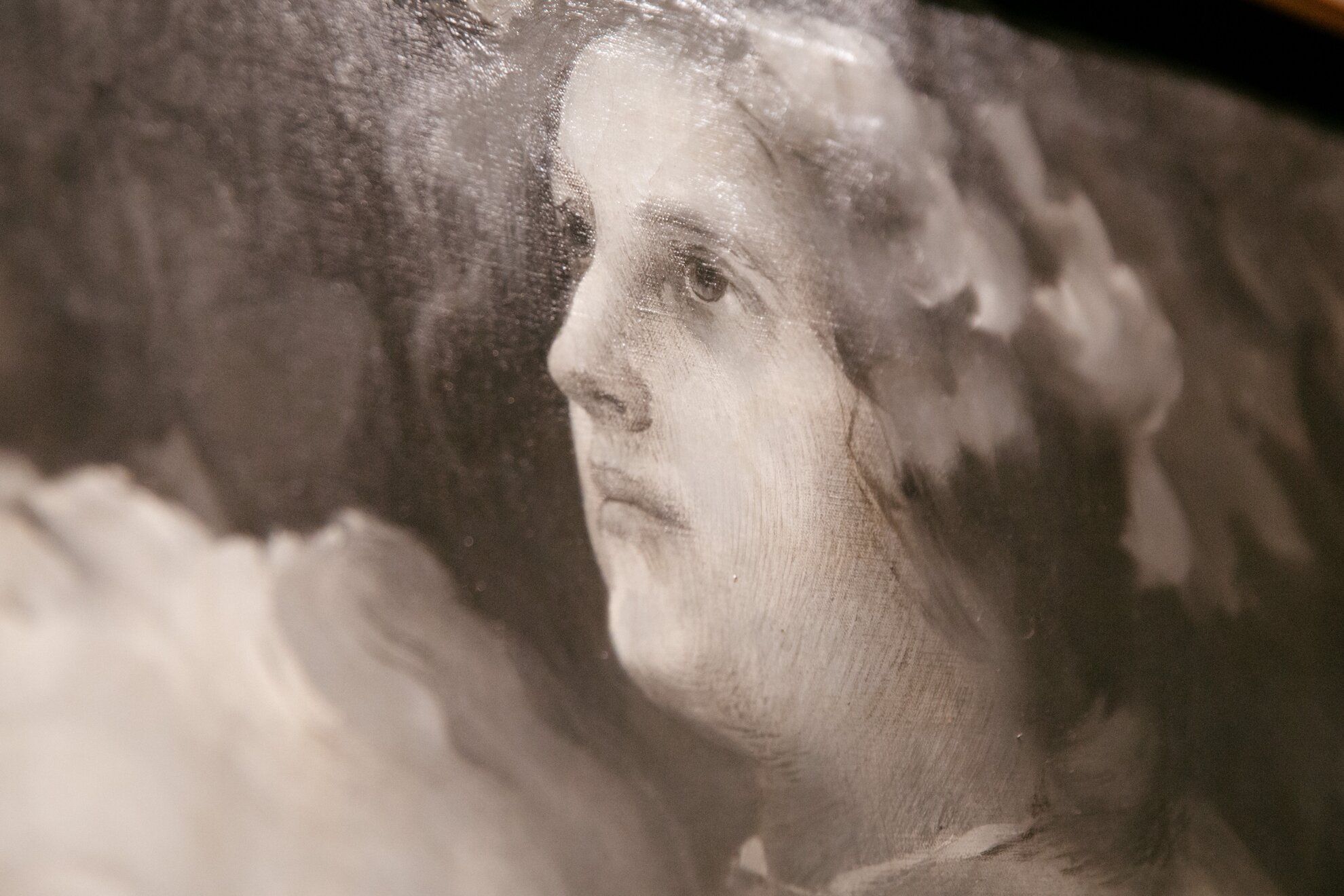
In this period, he created numerous war paintings, depictions of Christ and stage scenes, but female nudes and still lifes also appeared. For a long time, we stood in awe, speechless, in front of Golgotha and Reclining Female Nude, as the drama of both paintings is so powerful. The latter, by the way, is one of the rediscovered paintings. The revealed 'treasures' are easily recognisable to the visitor, as they are all in silver frames with accompanying explanations on a black background. Although it's a much earlier work, we were equally shocked to see the black and white oil painting he did for Sándor Bródy's novel The Silver Goat, as we were not expecting a graphite grey painting, but it shows Vaszary's versatility and greatness, as beside paintings, he also made prints, illustrations, tapestries, furniture and tableware designs and posters.
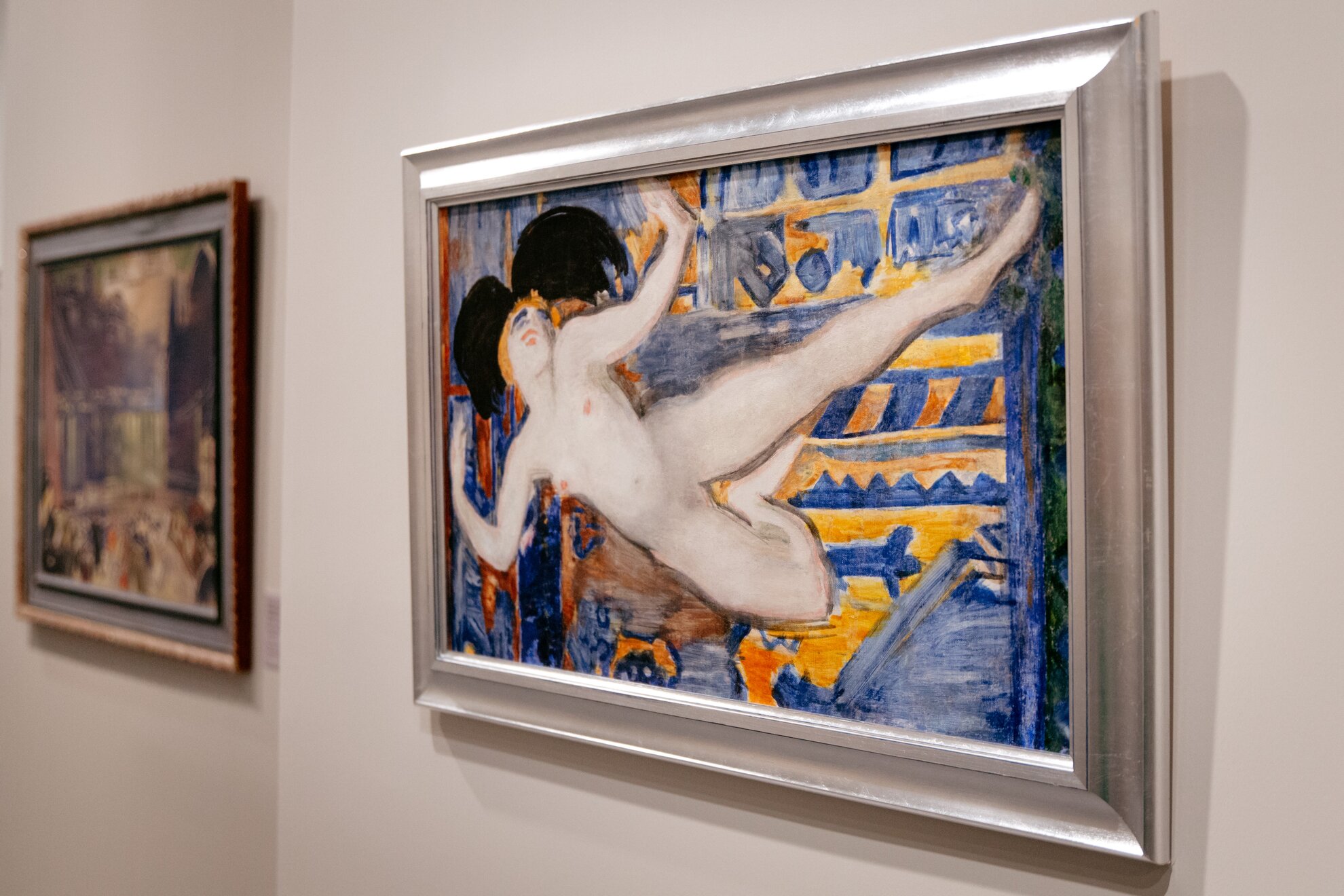
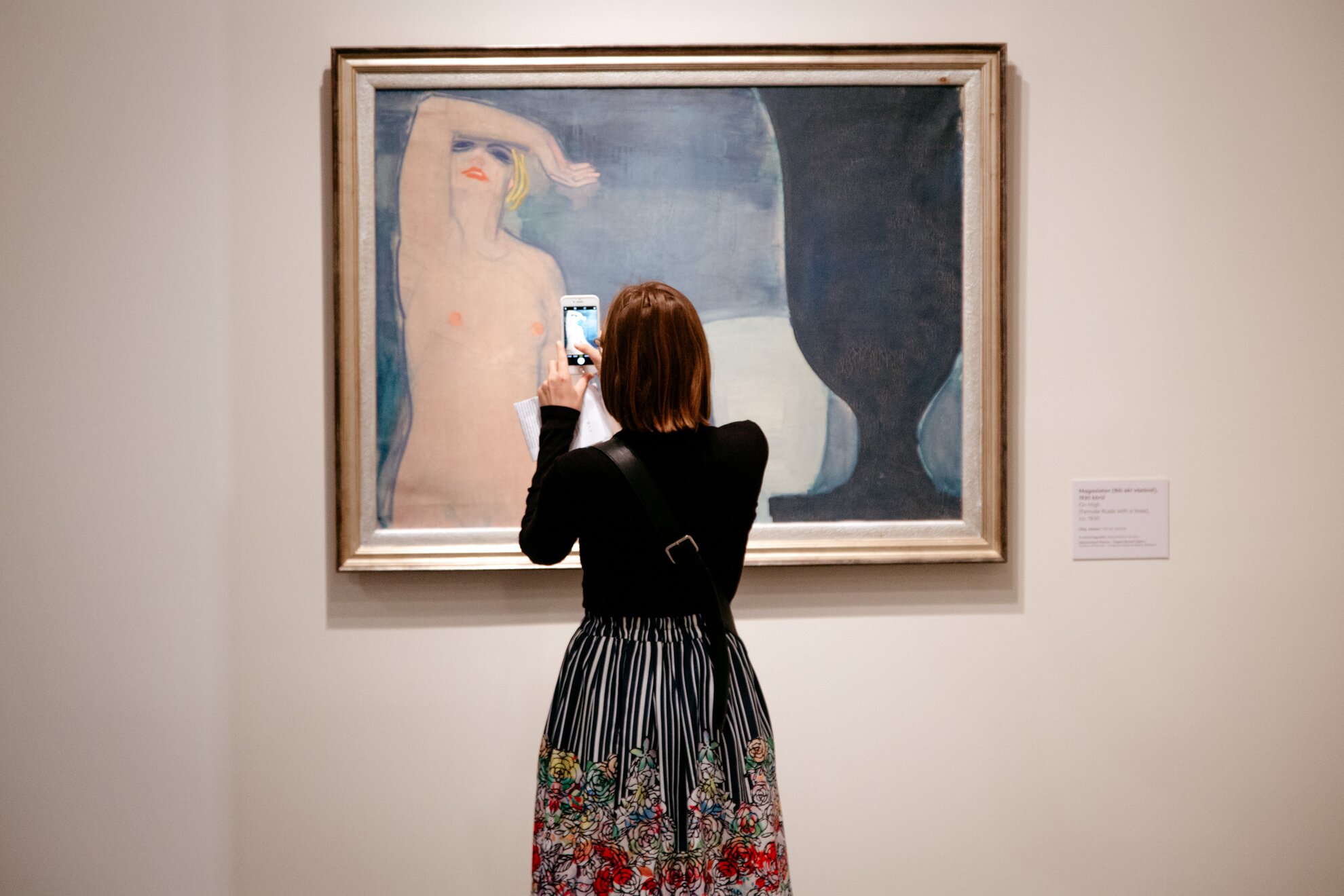
His most popular paintings are obviously the ones from his Tata period, depicting sensuality, joy and the modern woman reading books, lying in the sun and socialising. Of course, these paintings cannot lack nature, flowers and a colourful interior. In 1910, the studio villa designed by Ede Toroczkai Wigand was completed in Tata, where he and his wife regularly received friends from the big city and the life he led here was the source of inspiration for many of his paintings.
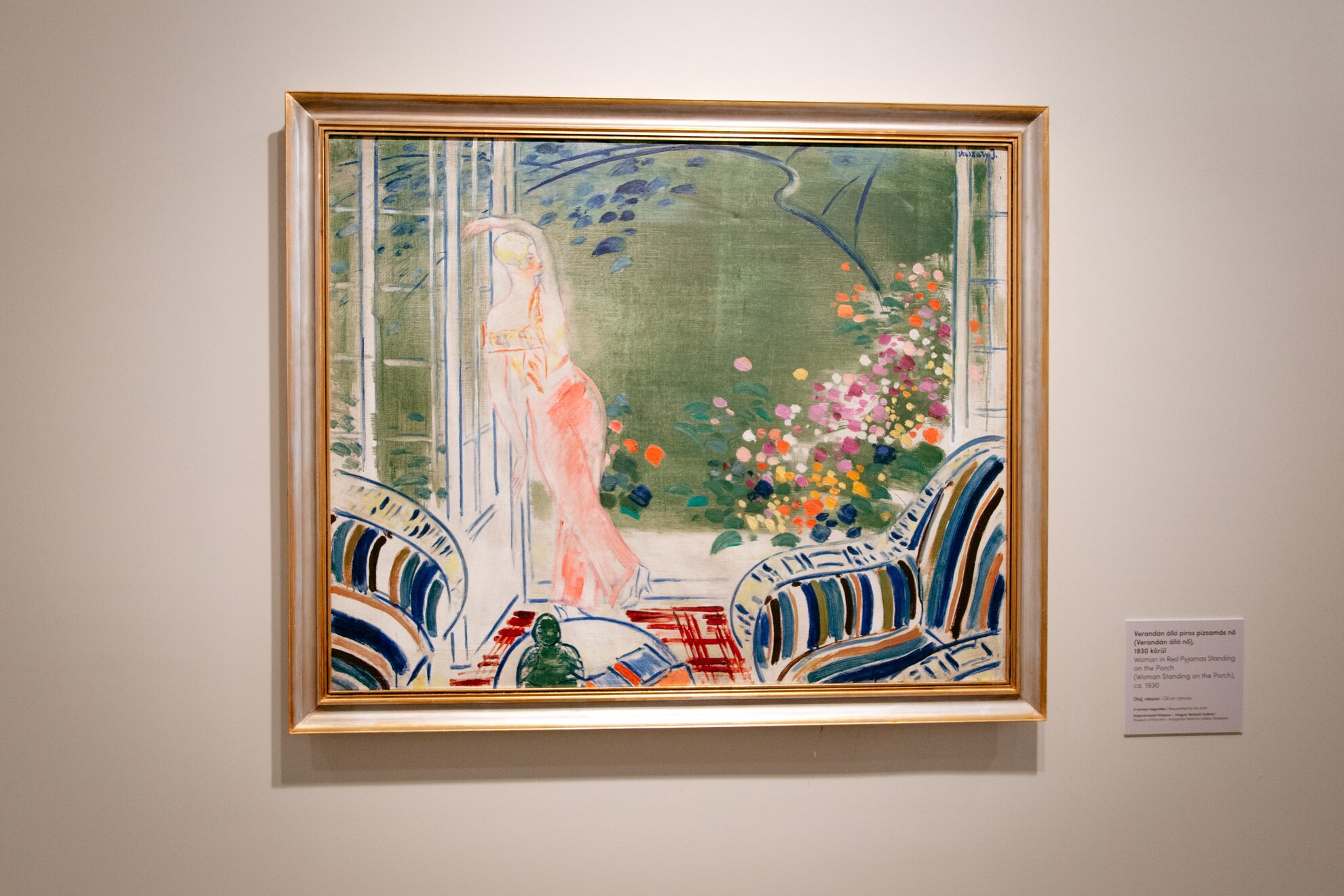
One of the most stunning works is Woman in Red Pyjamas Standing on the Porch. Although the woman, presumably his wife, Mária Rosenbach (Mimi), was a model for Vaszary in the 1920s, she looks like any woman in Budapest today. His paintings of flowers are equally intriguing. They do not only present pretty, colourful flowers in vases, but also the interior of his Tata apartment, which he has carefully detailed, so we can spot striped armchairs, vases with donkey motifs, a crocheted lace tablecloth, hidden ornaments and, in one picture, a female figure hiding behind plants. Say nothing of the female nudes, depicted only in thin lines and a hint of colour, yet we can sense the liberation characterising the modern woman. In fact, he places them so subtly in nature that they almost become one with it.
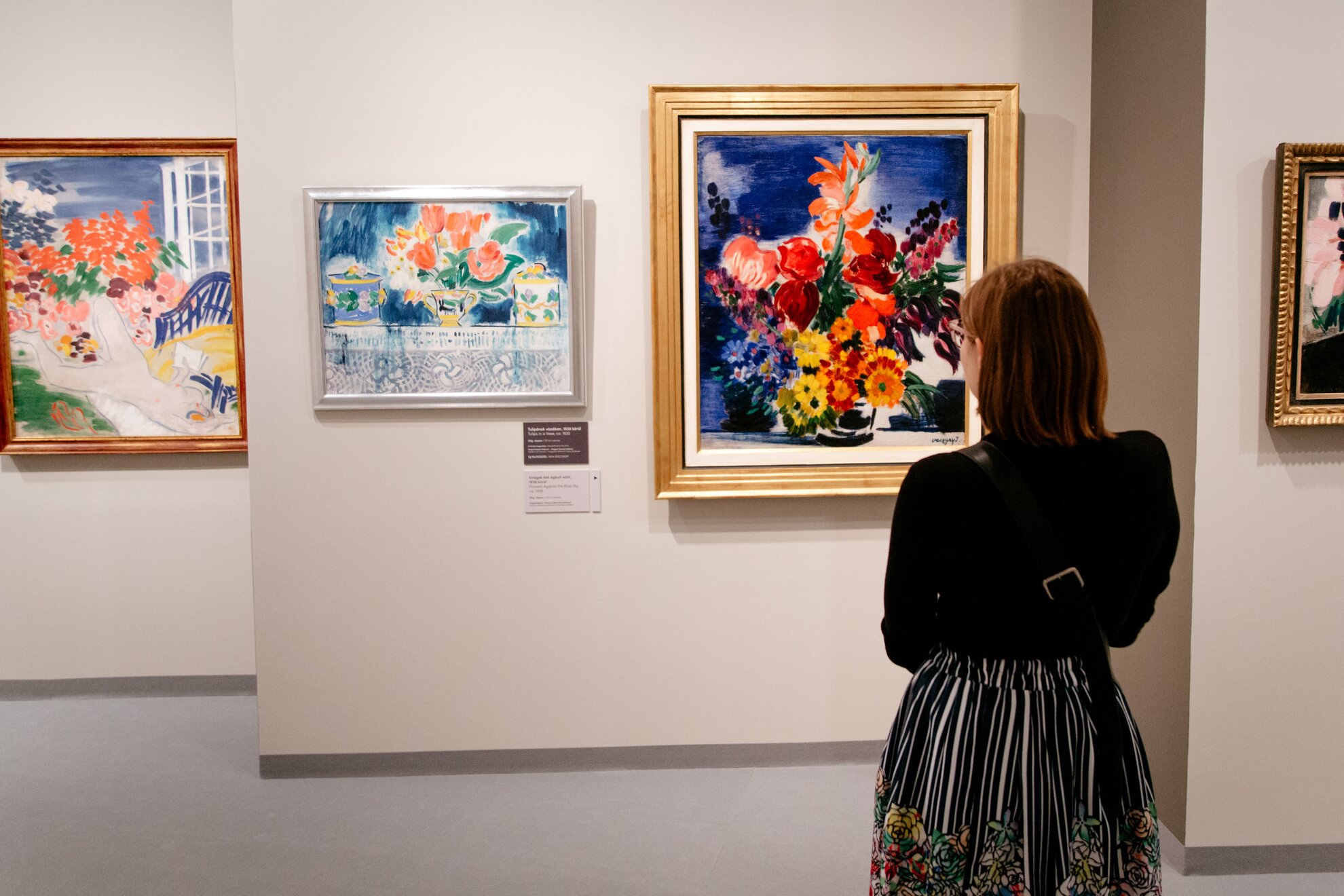
Looking at the Mediterranean seaside paintings, we kept on associating to Matisse, just as we did wandering among the colourful pictures of flowers and female figures. Vaszary loved to travel, especially to the Italian coast, where he was captivated by the atmosphere of small Italian towns, hotels and beaches, so he tried to condense this world in his landscapes. If you look at Seaside Hotel Room for a long time, you can even sense a subtle dialogue between Vaszary and the French painter, who has pieces on similar themes, exhibited at the Museum of Fine Arts.
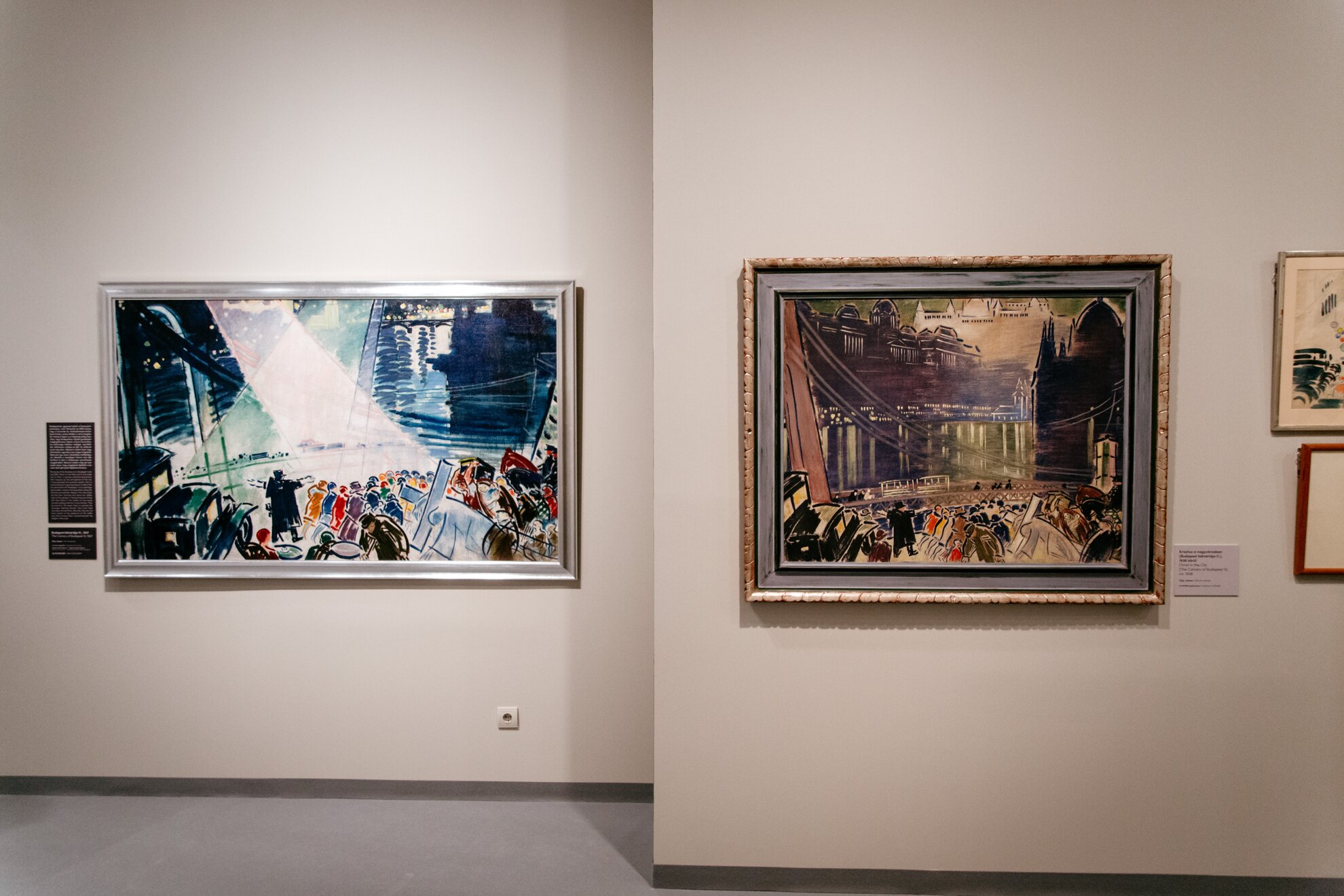
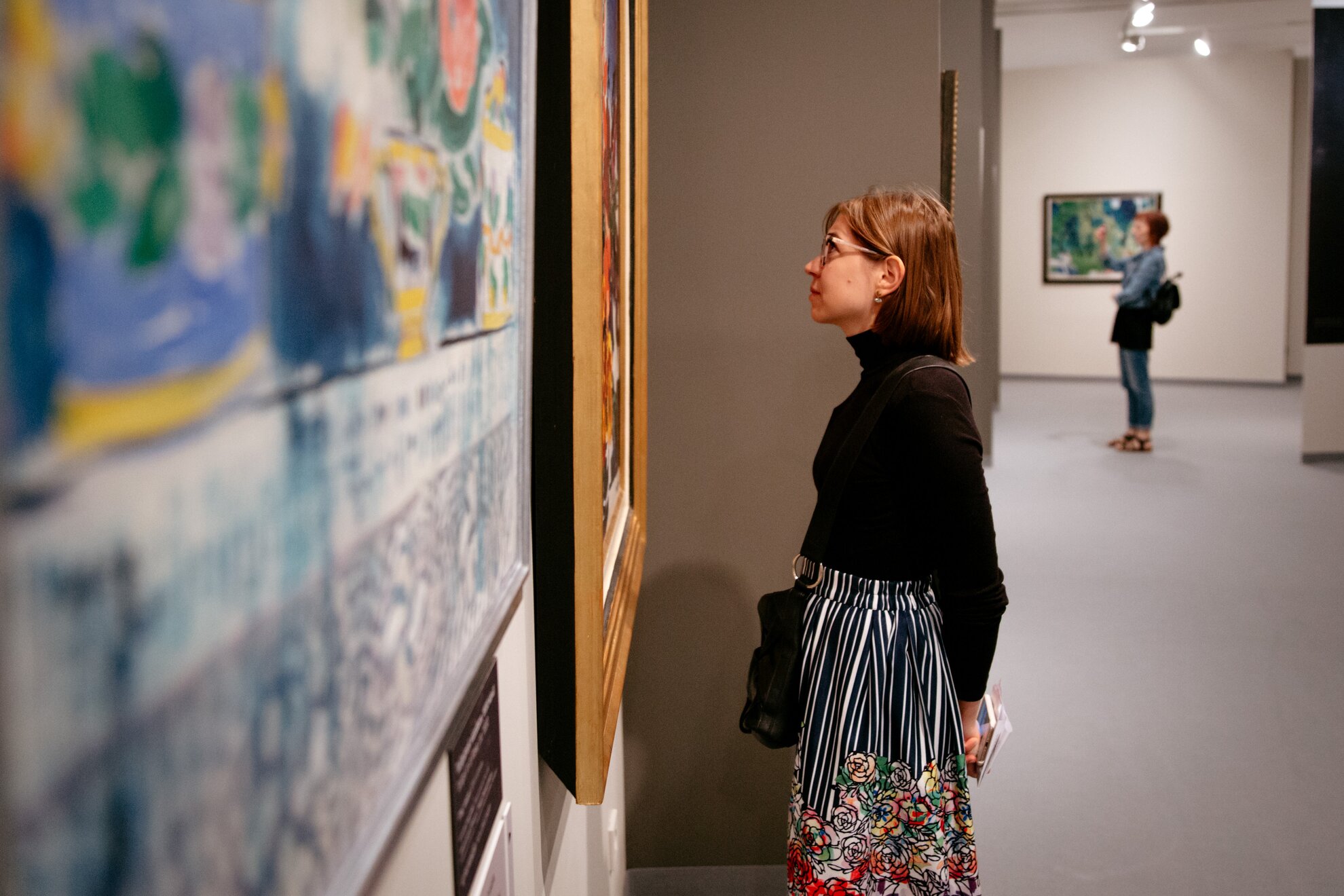
His sensitivity to world events is well illustrated
by the composition Calvary of Budapest, which presents a chaotic
traffic accident, while most of the people on the Danube Promenade
are still drinking and chatting. If we happen to have missed the catharsis of
horror in his war-inspired paintings, we'll certainly feel it standing in front
of the monumental Calvary of Budapest III, especially when we spot
Christ carrying the cross in the crowd. In the painting, we can see the
silhouette of the Buda Castle, the Parliament, the Fisherman's Bastion and
Matthias Church, it could be a colourful postcard at first glance, but it has a
much deeper message.
Wandering among the
paintings of Vaszary Rediscovered exhibition takes you to a whole new
dimension. You can experience the bustling metropolises of the 1920s and
1930s, enter the steamy nightclubs or even the intimate home of the painter
– it's certainly a world worth returning to again.
The
exhibition can be visited at the Hungarian National Gallery between 14
September 2022 and 15 January 2023.
